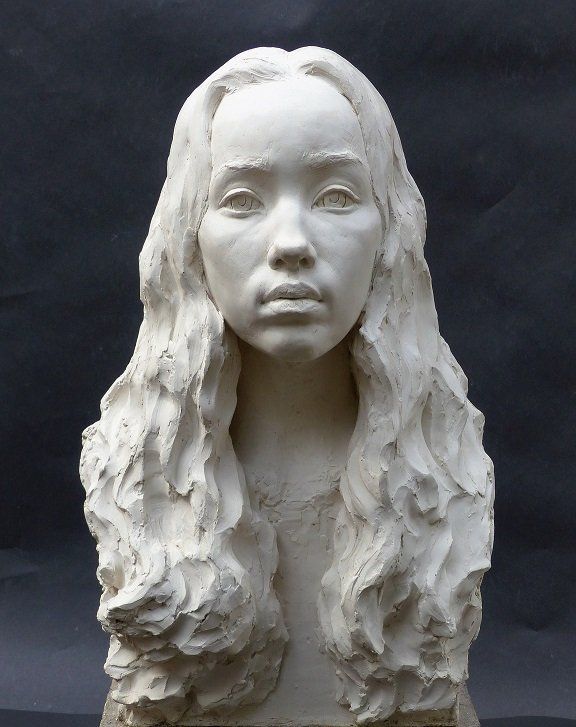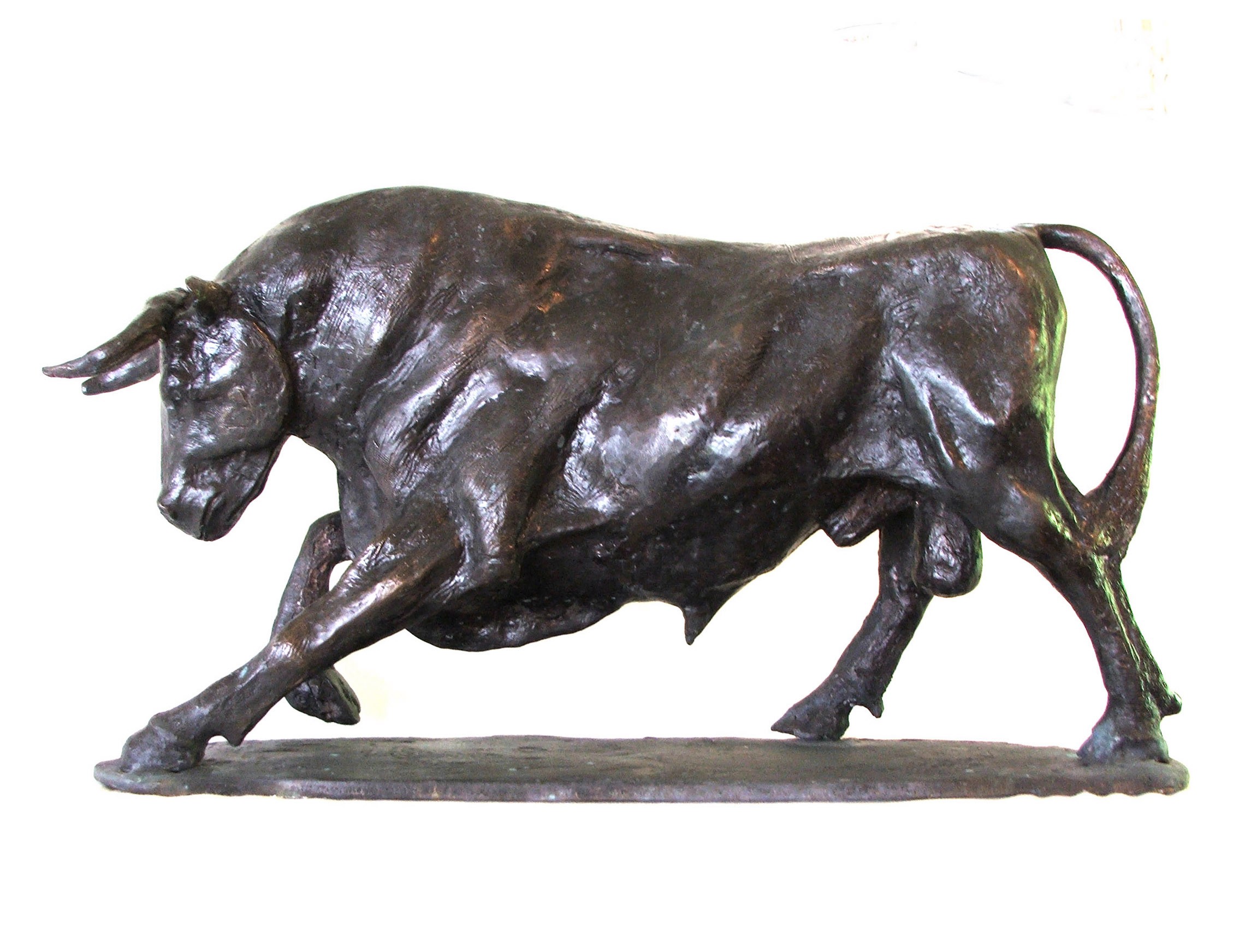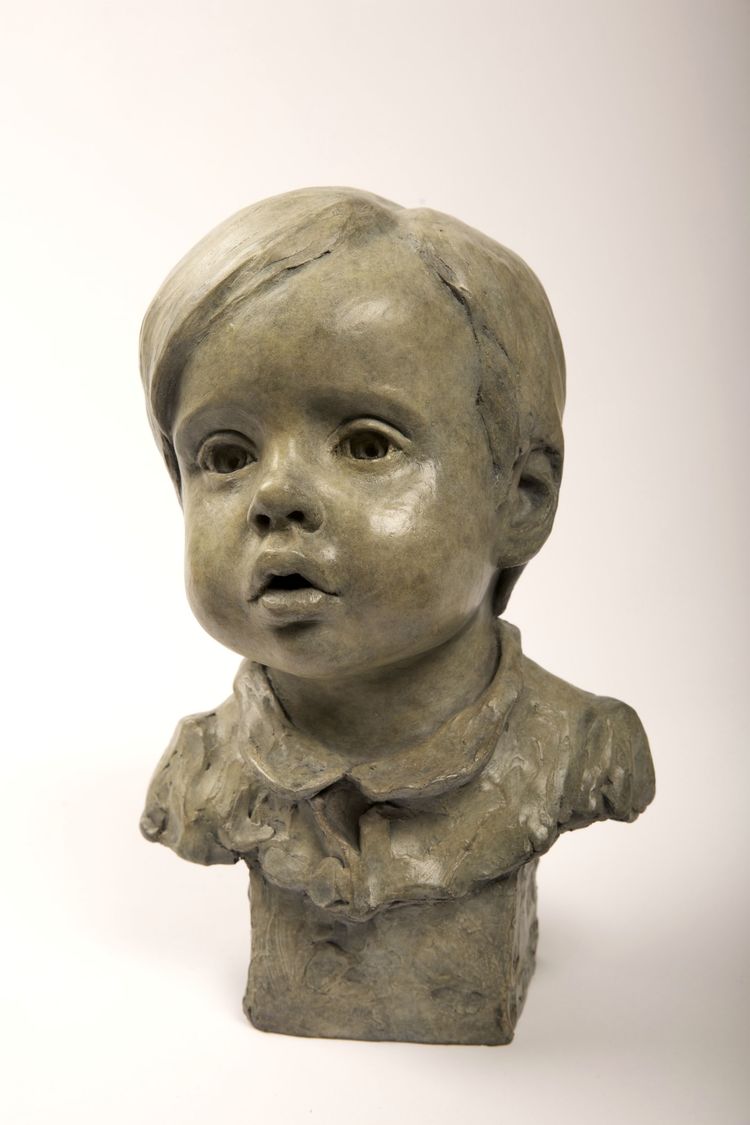Bronze Sculptures: Timeless Artistry Cast in Bronze
Wiki Article
Sculpting the Human Kind: Portrayals of the Body in Sculpture
Sculpting the Human Kind: Portrayals of the Body in Sculpture is a comprehensive exploration of the imaginative representation of the human body throughout background. From the charming marble sculptures of old Greece to the intricate masterpieces of the Renaissance, from the luxuriant and flamboyant Baroque and Rococo sculptures to the avant-garde and abstract expressions of modern and contemporary sculpture, this exhibition offers a fascinating journey with the advancement of this classic art kind.Ancient Greek Sculptures

Among the defining features of Old Greek sculptures is their focus on symmetry. Each part of the body is diligently crafted to be symmetrical to the whole, producing a sense of equilibrium and consistency. The artists paid cautious focus to every information, from the positioning of muscle mass to the positioning of limbs, ensuring that each figure showed up both powerful and elegant.
Rather than portraying the blemishes and problems of the human kind, they sought to produce an idealized variation of reality. The sculptures usually portrayed goddesses, athletes, and gods, with their bodies sculpted to perfection.
Renaissance Masterpieces
Proceeding the expedition of the portrayal of the human kind in sculpture, Renaissance work of arts further refine the idyllic idea of appeal, building upon the unified and in proportion percentages of their Ancient Greek precursors. During the Renaissance period, which covered from the 14th to the 17th century in Europe, artists sought to revitalize the classical suitables of ancient Greece and Rome. They researched and copied the jobs of the old masters, pursuing a realistic depiction of the human body.
His masterpiece, the sculpture of David, exhibits the excellence and grace that became identified with Renaissance art. Standing at over 17 feet high, the sculpture depicts the biblical hero in a state of tranquility prior to his battle with Goliath.
Another remarkable Renaissance artist was Donatello. His sculpture of Saint George, produced in the early 15th century, showcases the musician's capability to convey toughness and nobility through the human kind. The sculpture depicts the fabulous dragon-slaying saint in a positioned and confident position, emanating a sense of heroism.
Renaissance work of arts not only commemorated the physical appeal of the human body yet likewise shared deeper emotions and definitions. Through their thorough interest to information and proficient craftsmanship, Renaissance artists elevated the art of sculpture to brand-new heights, leaving an enduring legacy that proceeds to inspire musicians to this day.
Rococo and baroque Sculpture
Baroque and Rococo sculpture exemplifies the luxuriant and lavish representation of the human form during the 17th and 18th centuries. Identified by its vibrant and dramatic design, Baroque sculpture intended to captivate customers via its splendour and psychological strength. Artists such as Gian Lorenzo Bernini and Alessandro Algardi produced sculptures that shared movement, typically showing figures in remarkable presents. Using light and shadow additionally boosted the feeling of drama, producing a staged result.
Rococo sculpture, on the various other hand, became a response to the grandiosity of the Baroque duration. It accepted an extra fragile and spirited approach, concentrating on decorative details and intricate designs. François Boucher and Jean-Baptiste Pigalle were prominent Rococo sculptors who crafted jobs identified by their style and beauty. They often portrayed numbers in sensuous and stylish positions, reflecting the lighthearted and whimsical nature of the Rococo design.
Both Rococo and baroque sculpture placed an excellent emphasis on the human kind, celebrating its beauty and sharing a series of emotions - Portrait Sculptor. Whether it was the dynamic and powerful numbers of the Baroque or the stylish and captivating numbers of the Rococo, these sculptures captured the significance of the human experience, leaving a long-term influence on the art world
Modern and Contemporary Sculpture
The advancement of shaping the human form proceeds in modern and modern sculpture. With the arrival of new materials and methods, artists have actually pushed the borders of representation, testing conventional ideas of type and beauty. Modern sculpture arised in the late 19th century as a response to the transforming social and political landscape. Musicians such as Auguste Rodin and Constantin Brancusi sought to record the essence of the human type, emphasizing emotion and activity. Rodin's "The Thinker" and Brancusi's "Bird in Area" are legendary examples of this duration.In the 20th century, the rise of abstraction and conceptual art brought new opportunities for artists. Artists like Henry Moore and Barbara Hepworth explored the connection in between kind and room, creating organic and abstracted figures that challenged standard ideas of depiction. Moore's monumental bronze sculptures and Hepworth's carved stone works are celebrated for their ingenious use products and their capability to stimulate a feeling of the body in a non-literal means.
Contemporary sculpture proceeds to press the borders of depiction and discover brand-new products and strategies. Musicians like Antony Gormley and Ron Mueck develop hyper-realistic sculptures that test our assumption of the body, while others, such as Louise Bourgeois and Kiki Smith, make use of the body as an allegory for collective and individual experiences. The human kind continues to be an effective topic in sculpture, giving a system for musicians to check out identity, emotion, and the human condition.
Social Viewpoints on the Body

In the exploration of sculpting the human kind, the exam of cultural perspectives on the body exposes a rich and diverse tapestry of analyses and depictions. Throughout background, different societies have held unique ideas and values regarding the body, leading to unique creative expressions - Robert C Hitchcock Sculptor. These cultural point of views form the means the body is portrayed and perceived in sculpture, mirroring societal norms, faiths, and aesthetic ideals
For circumstances, ancient Greek sculptures commemorated the idyllic human form, highlighting physical appeal and athleticism. The sculptures represented gods, heroes, and professional athletes with perfectly proportioned bodies, embodying the Greek concept of physical excellence. On the other hand, old Egyptian sculptures concentrated on the conservation of the body in the immortality, depicting numbers with inflexible stances and idyllic attributes. The Egyptians believed that the body ought to be presented in a manner that guaranteed its infinite presence.
In a similar way, social point of views on the human body in African art often stress common identity and spiritual ideas (Contemporary Sculptures). Sculptures from different African societies illustrate the human body with overstated functions, symbolizing social values and genealogical connections. Indigenous societies in the Americas likewise have unique viewpoints on the human body, usually illustrating it in a spiritual about his context and emphasizing the link between people and nature
The examination of social perspectives on the body in sculpture allows us to get insight into the worths, beliefs, and aesthetics of various cultures throughout history. It highlights the variety of human experiences and the ways in which art shows and forms our understanding of the human type.

Final Thought
Finally, the representation of the human body in sculpture has actually progressed in time, mirroring various creative movements and social perspectives. From the idyllic figures of Old Greek sculptures to the reasonable and stirring Renaissance masterpieces, and the detailed details of Baroque and Rococo sculptures, to the abstract and speculative forms of modern-day and contemporary sculpture. The body has been a subject of attraction and creative expedition throughout history, showcasing the diverse analyses and expressions of the human type.Forming the Human Form: Representations of the Body in Sculpture is a comprehensive exploration of the imaginative representation of the human body throughout background. From the exquisite marble sculptures of ancient Greece to the detailed masterpieces of the Renaissance, from the flamboyant and elaborate Baroque and Rococo sculptures to the avant-garde and abstract expressions of contemporary and modern sculpture, this exhibition uses an exciting journey with the advancement of this classic art form. Artists like Antony Gormley and Ron Mueck develop hyper-realistic sculptures that test our perception of the human body, while others, such as Louise Bourgeois and Kiki Smith, utilize the body as an allegory for individual and collective experiences. The human kind stays an effective topic in sculpture, providing a platform for artists to check out identity, feeling, and the human problem.
From the idyllic numbers of Ancient Greek sculptures to the reasonable and emotive Renaissance work of arts, and the detailed information of Baroque and Rococo sculptures, to the abstract and experimental forms of modern and contemporary sculpture.
Report this wiki page